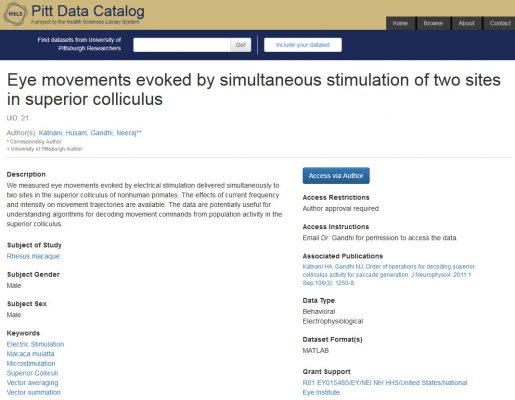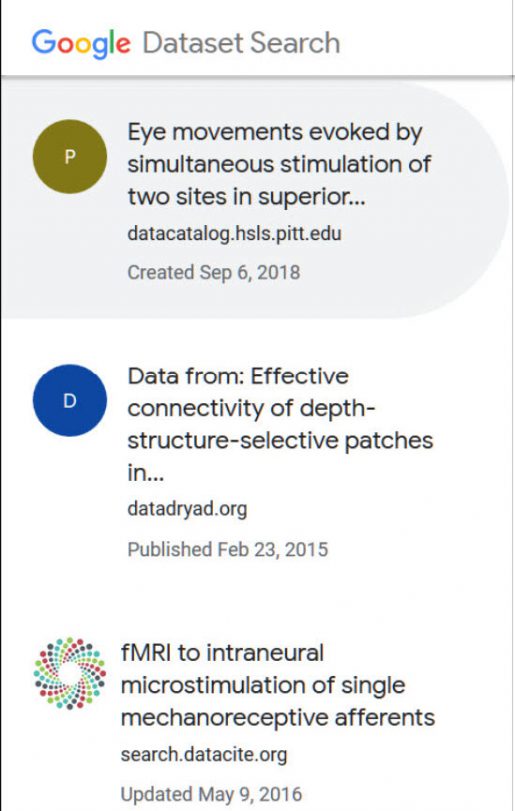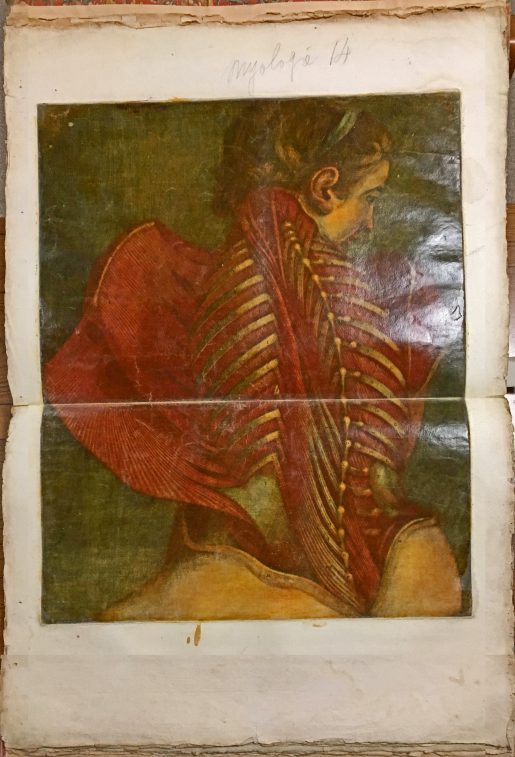 Have you ever read a published account of a research study, and been frustrated because the authors left out important details? Or been unsure what you should include in your own writing? Unclear reporting of a study’s methodology or outcomes can be more than just annoying—it may impede dissemination of the study’s findings and, in the worst case, lead to bad patient care or waste of health care resources.
Have you ever read a published account of a research study, and been frustrated because the authors left out important details? Or been unsure what you should include in your own writing? Unclear reporting of a study’s methodology or outcomes can be more than just annoying—it may impede dissemination of the study’s findings and, in the worst case, lead to bad patient care or waste of health care resources.
Reporting guidelines such as the CONSORT (Consolidated Standards of Reporting Trials) Statement for reporting randomized controlled trials are designed to improve the transparency and replicability of published research studies. Since publication of the CONSORT Statement, numerous reporting guidelines have been developed for many types of research studies, ranging from animal pre-clinical studies to systematic reviews.
The EQUATOR (Enhancing the QUAlity and Transparency Of Health Research) Network is a group of individuals and organizations with a mutual interest in improving the quality of health research reports. The Network maintains an online collection of reporting guidelines and related materials, and also promotes the development and adoption of new reporting guidelines. Continue reading



